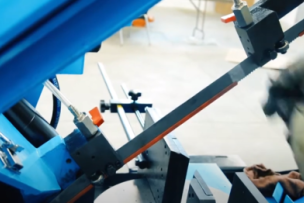As a brand of Saint-Gobain, a world leader in sustainable habitat, Norton offers the widest portfolio of grinding, cutting, blending, finishing and polishing solutions for all markets, materials and applications with the most advanced and affordable technology. So, as your needs evolve, our access to the global expertise of Saint-Gobain becomes even more valuable to making a difference in your day-to-day needs. And, we don’t have to look far for more localized expertise with our largest research center located right nearby in Northboro, MA.
Proper grinding wheel selection is essential to ensure that the required part quality, production rate, and overall cost per part is achieved. Although the type of abrasive grain is often a primary driver of wheel selection, the bonding type can also play a key role in optimizing a grinding operation.
As technical demands on production continue to become more stringent in terms of tighter part tolerances and process flexibility requirements, grinding offers many unique benefits for both high-volume manufacturers and small job shops alike. The emergence of new, difficult-to-machine materials has also caused many companies to implement grinding processes over other material removal technologies. However, proper grinding wheel selection is essential to ensure the required part quality, production rate, and overall cost per part is achieved. Although the type of abrasive grain is often a primary driver of wheel selection, the bonding type can also play a key role in optimizing a grinding operation.





Talk to Us!
Leave a reply
Your email address will not be published. Required fields are marked *